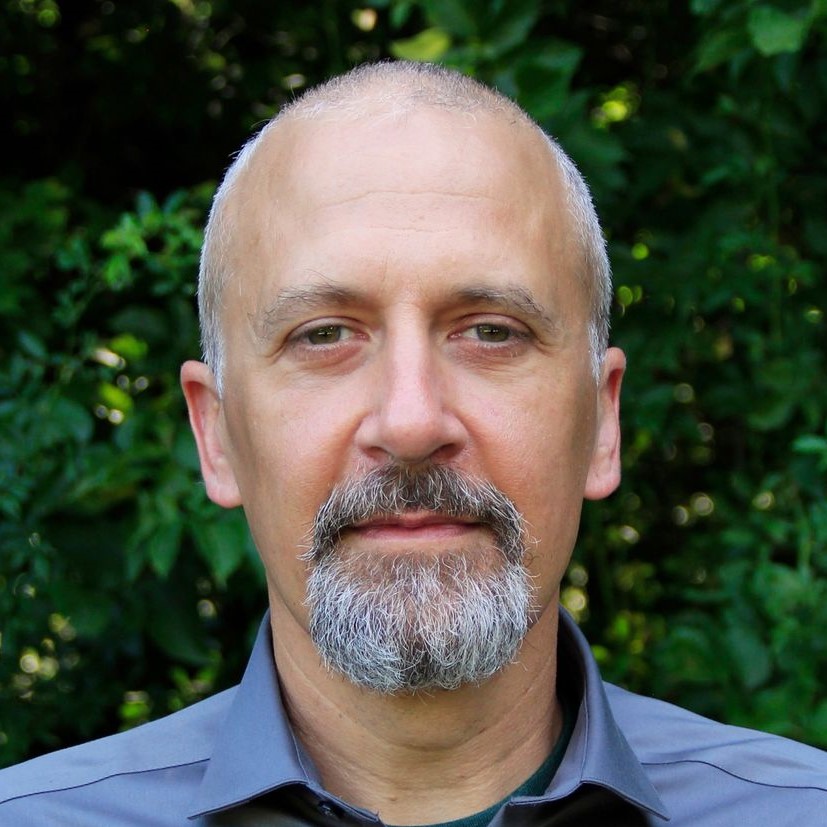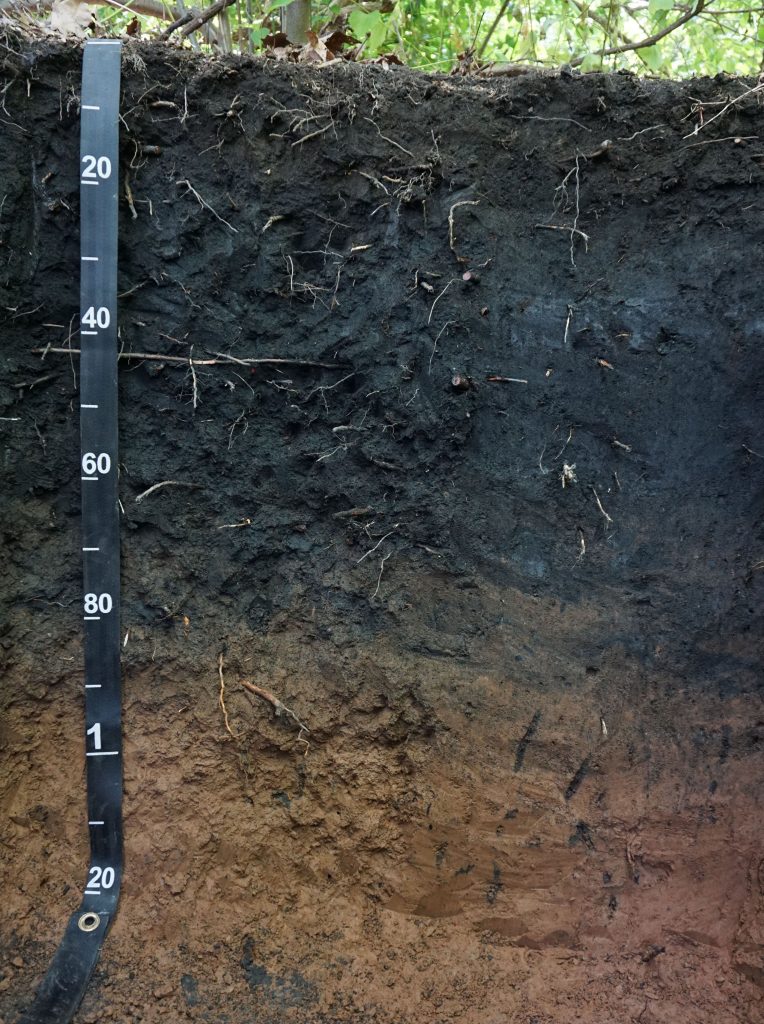Another dubious claim of natural climate solutions makes the rounds
Originally published at Legal Planet
A few months ago, I questioned a claim that planting trees could solve climate change. According to some scientists, reforestation “is by far the cheapest solution that has ever been proposed,” and for $300 billion it could sequester 200 gigatons of carbon (GtC, or 733 GtCO2). Many media outlets swooned, but the assertions were weak if not incorrect. Indeed, just this week, Science — the original outlet — published four scathing critiques of the underlying scientific paper. (See the update at the bottom of my original blog post for more details.)
Last week, a headline from Bloomberg boldly announced “How to Halt Global Warming for $300 Billion,” telling us that “UN scientists say reclaiming wasteland… would stall emissions growth for up to 20 years.” Specifically, the idea is
to lock millions of tons of carbon back into an overlooked and over-exploited resource: the soil…. Returning [900 million hectares of degraded land that could be restored] to pasture, food crops or trees would convert enough carbon into biomass to stabilize emissions of CO2, the biggest greenhouse gas, for 15-20 years… “With political will and investment of about $300 billion, it is doable.”
This struck me as too good to be true. So let’s break down these numbers and compare them with current leading evidence.
Assuming that “to stabilize emissions” means withdrawing enough carbon to compensate for all of our annual greenhouse gas emissions, “15-20 years” implies 200 to 275 GtC, for an average price of $1.10 to $1.50 per ton of carbon (tC, as “giga” = one billion) or $0.30 to $0.40 per GtCO2 (the common way that costs of reducing emissions are reported). This also implies 220 to 300 tC sequestered per hectare of restored land.
Yet soils have lost only 133 GtC in the course of human history. In terms of cost, a recent review of the scientific literature estimated that spending $20 per GtCO2 could allow the capture of 0.4 GtC (1.38 GtCO2) per year and spending $100 per GtCO2 could allow the capture of 1 GtC (3.7 GtCO2) per year. In other words, the amount of carbon that the Bloomberg article claims could be captured would cost roughly 50 to 300 times as much as reported and would take roughly 200 to 700 years.
Perhaps despite the headline, but implied in the quote, the article means sequestration in all biomass: soil, plants, animals, fungi, etc. Even then, the loss of all biomass in the course of human history has been 379 GtC. Given that the planet has 13 billion hectares of land, the Bloomberg article implies that more than half of all carbon loss from biomass ever could be sequestered by restoring 7% of the world’s land.
The article did not link to any paper or report, and I found no papers or reports on the websites of the international organizations to which it referred. It appears to base its estimates of both the amount of carbon (i.e., 15 to 20 years worth) and the cost on a single quote from Rene Castro Salazar, an assistant director general at the UN Food and Agriculture Organization.*
If it sounds too good to be true, it probably is.
*Update (evening 28 October): One of the authors of the Bloomberg article confirms, “The $300B figure came out of the UNCCD conference in Delhi, from interviews with delegates, including Castro-Salazar at the FAO.”

